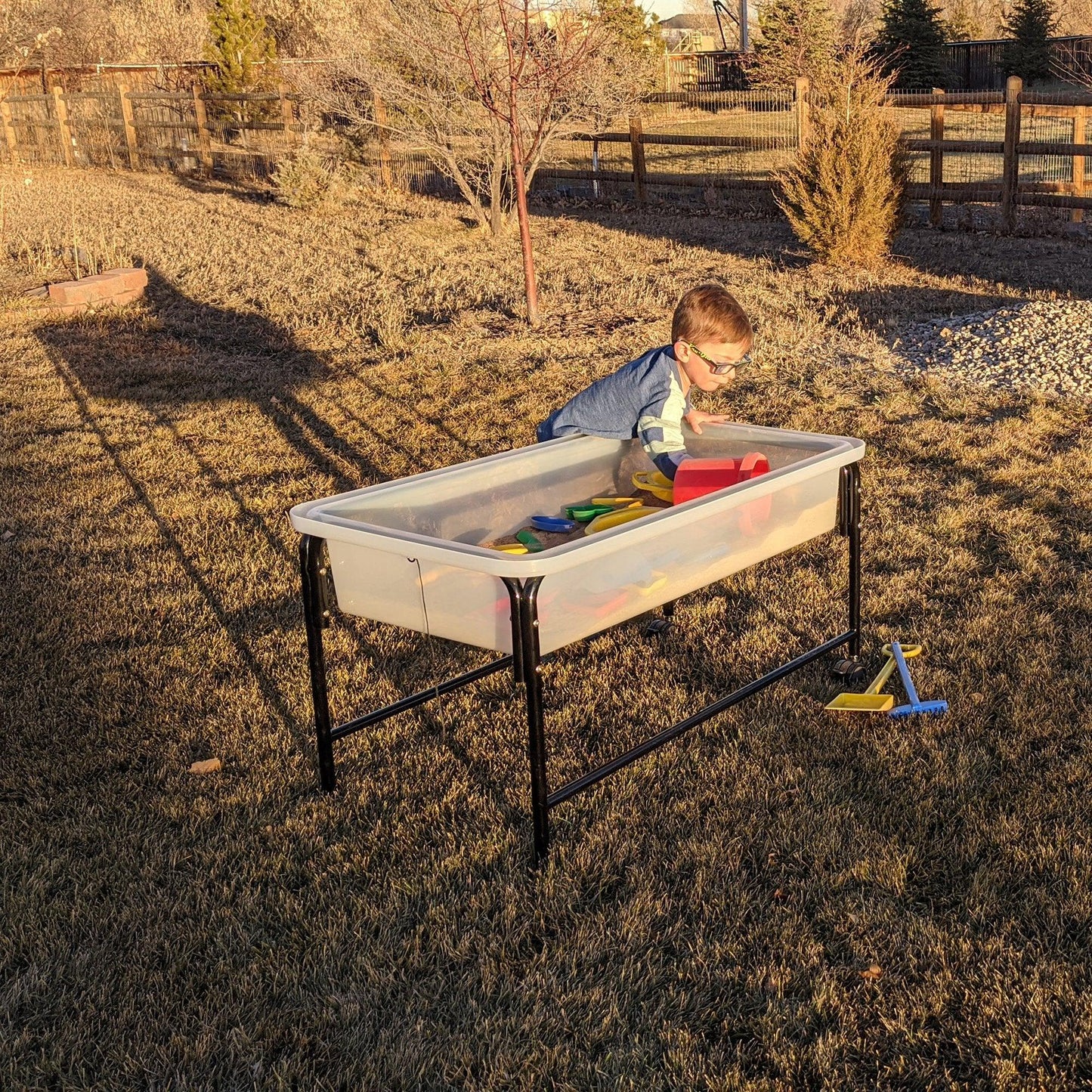
Every child is unique, with their own strengths, challenges, and ways of engaging with the world. For children with Autism Spectrum Disorder (ASD), play can become a powerful bridge to communication, learning, and social connection. At Edx Education, we believe play-based learning is not only beneficial for development but also a joyful and inclusive way to help children thrive especially when their brains are wired a little differently.
Play as a Language
Children with autism often experience the world in a way that’s wonderfully unique, but it can also make traditional forms of communication more challenging. Play offers an alternative language, a safe, flexible space where children can express themselves without pressure. For some, it’s stacking blocks or building with Linking Cubes. For others, it might be arranging Rainbow Pebbles®, exploring sand and water play, or role-playing everyday activities.
Through play, children can communicate ideas, feelings, and needs even before words are spoken. When paired with visual prompts pictures, symbols, or physical cues play becomes a powerful way to practice speech, social interaction, and problem-solving in a natural, low-stress environment.
Visual Prompts and Learning Through Play
- Visual supports are particularly effective for children with autism, who often process images more easily than words. Incorporating visual prompts into play can help children;
- Understand routines (e.g., using picture cards for “first we build, then we tidy”).
- Make choices (e.g., choosing between two play activities).
- Learn new concepts (e.g., sorting colours, shapes, or numbers with hands-on toys).
For example, a Hundred Board Activity Set can turn abstract numbers into a colourful, visual game, while pattern blocks can bring shapes and symmetry to life. These small adaptations can make learning playful, engaging, and accessible.
Celebrating Different Ways of Thinking
It’s important to remember that autism is not a deficit, it’s simply a different way of seeing and processing the world. Many of history’s greatest minds are believed to have been on the autism spectrum, including inventors, artists, and thinkers who challenged convention and reshaped our understanding of science, technology, and creativity.
These examples remind us that children with autism bring incredible strengths attention to detail, creative problem-solving, and unique perspectives. Play nurtures these strengths, helping children build confidence and resilience while celebrating their individuality.
Inclusion Through Play
In classrooms and social settings, small adjustments can make a big difference in helping children with autism feel included. For instance;
- Structured playtimes can give reassurance and reduce anxiety.
- Sensory-friendly spaces with toys like sand and water play trays or tactile manipulatives provide calming options.
- Collaborative games can encourage peer interaction in a gentle, non-pressured way.
Play naturally encourages children to work together, share ideas, and celebrate differences. When children learn through play, they not only develop academic and social skills but also grow in empathy and acceptance qualities that benefit everyone
The Positives of Play-Based Learning
For parents and caregivers, the key is to see play not as “extra” time, but as vital learning time. Play is where children practice problem-solving, build relationships, and make sense of their world. For children with autism, it’s also where they can shine, using their strengths and interests as a springboard to learn.
At Edx Education, we create toys and resources designed to open these doors whether through tactile exploration, visual learning, or collaborative activities. Alongside our toys, we provide free downloadable resources and our Play, Learn & Create with Edx Education podcast, where we share expert insights on supporting children’s growth through play.
A Call to Celebrate Differences
Autism brings with it a vast circle of abilities. By embracing play-based learning, we can celebrate these differences, encourage communication, and create inclusive spaces where all children feel valued. After all, the classroom and the playground are richer places when every child has the chance to play, learn, and thrive.
By Heather Welch, Author of Happy Children Play and General Manager UK, Edx Education

